
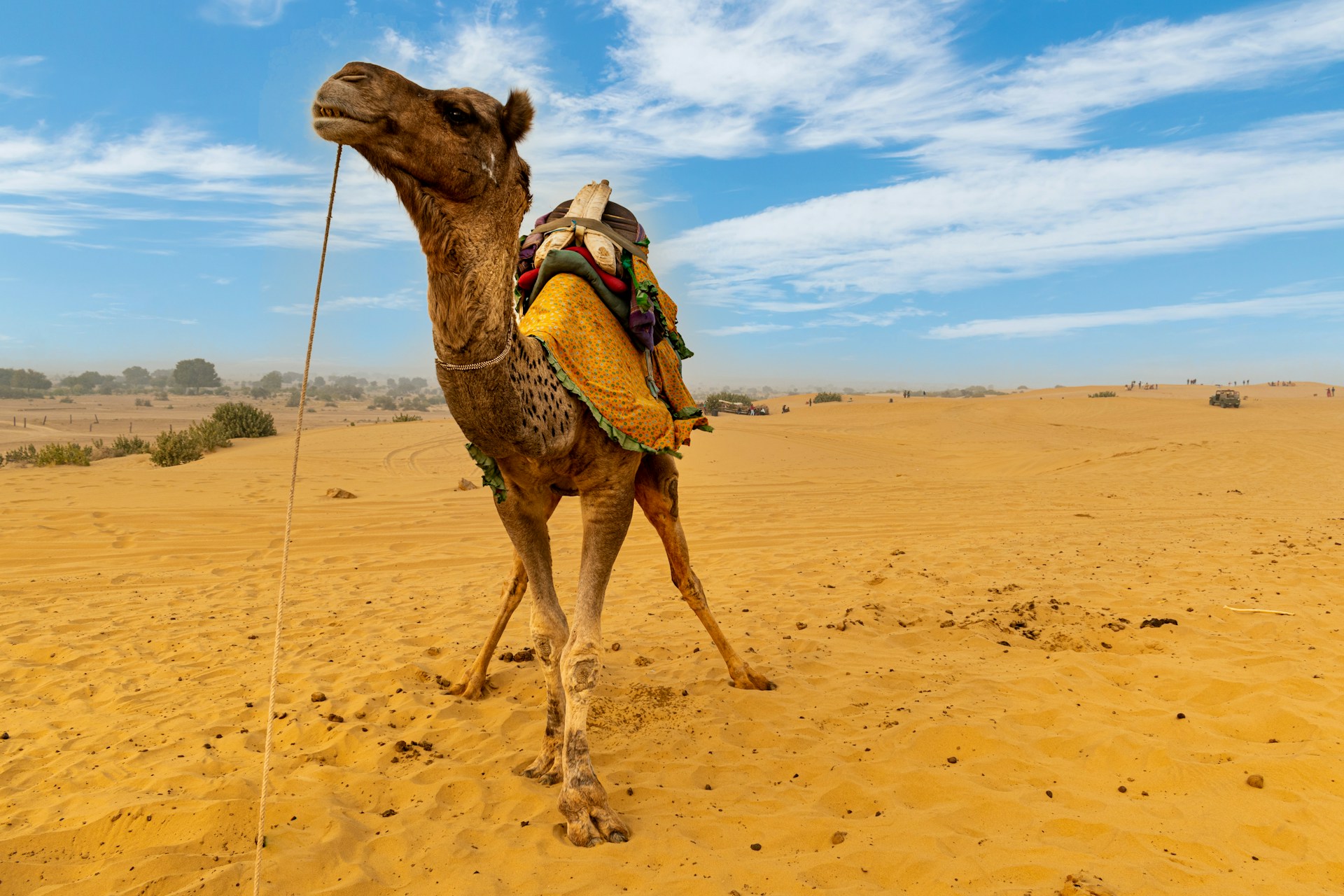
When people think of Morocco, they often imagine bustling souks, aromatic spices, golden deserts, and stunning architecture. Yet, beyond its cultural treasures, Morocco is also home to an incredible variety of wildlife. From desert-adapted species in the Sahara to rare birds soaring over the Atlas Mountains, Morocco animals are as diverse as the landscapes they inhabit.
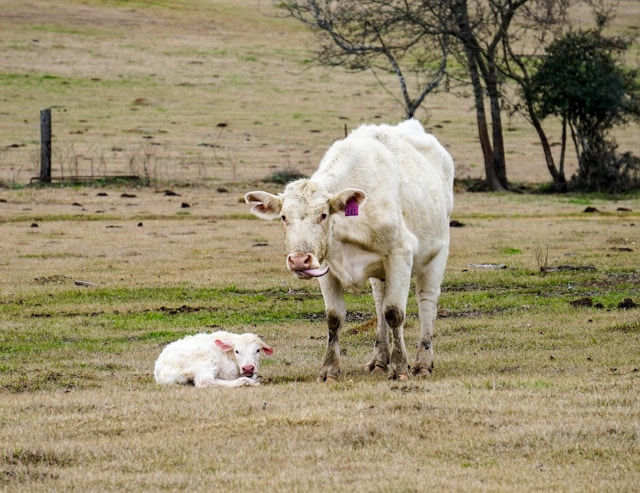
In this guide, we’ll take you through Morocco’s fascinating animal kingdom, highlight must-see wildlife encounters, share cultural insights about animals in Moroccan life, and provide practical tips for travelers who want to experience this unique side of the country.
Overview of Morocco Animals
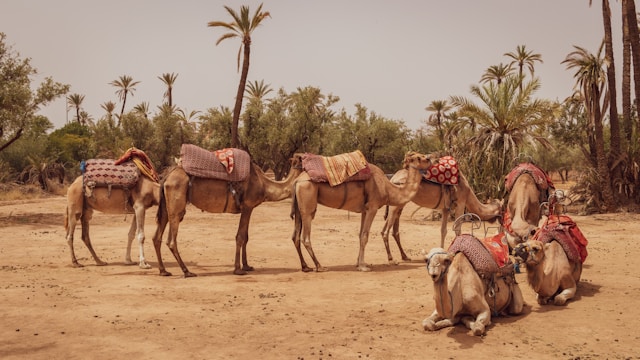
Morocco’s location—at the crossroads of Africa and Europe—gives it a unique blend of wildlife. Its geography includes mountains, deserts, forests, and coastline, each supporting different species.
- Atlas Mountains: Home to the famous Barbary macaque, a primate found in cedar forests around Ifrane and Azrou.
- Sahara Desert: Hosts camels (dromedaries), fennec foxes, desert hedgehogs, and reptiles adapted to harsh climates.
- Coastal Areas: Rich in marine life, including dolphins and migratory birds that cross the Strait of Gibraltar.
- Forests and National Parks: Species such as wild boars, jackals, and rare birds like the bald ibis thrive in protected areas like Souss-Massa National Park.
This variety makes Morocco a dream destination for animal lovers and eco-travelers.
Must-See Attractions and Experiences
1. The Barbary Macaques of Azrou
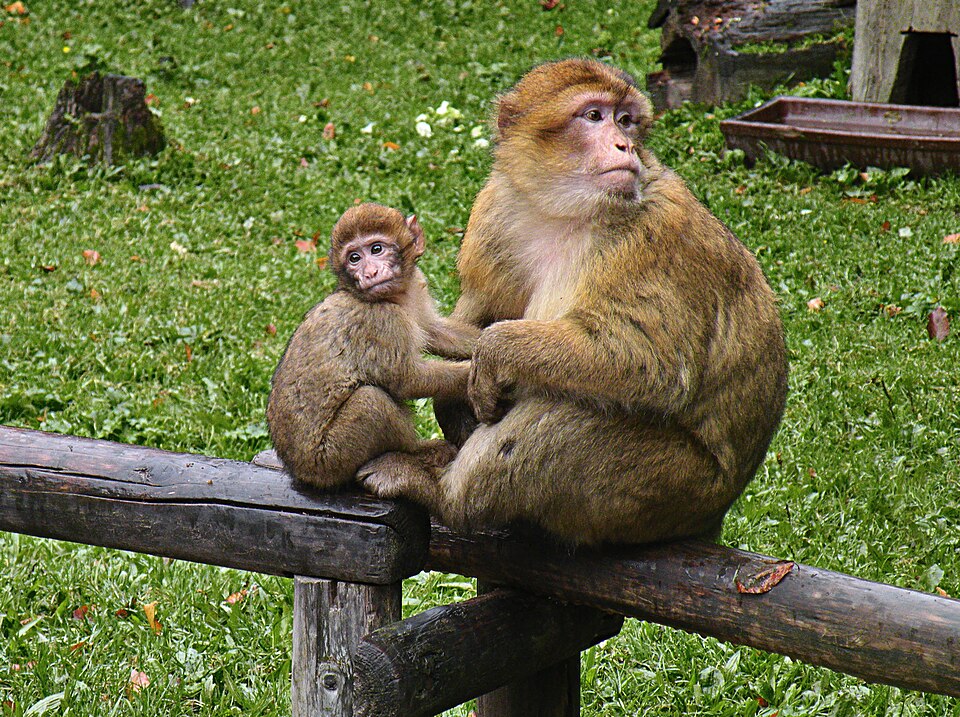
The cedar forests near Azrou and Ifrane are some of the best places to see Barbary macaques, one of the few monkey species native to North Africa. These playful primates are a delight to observe, especially for families traveling with children.
2. Camel Rides in the Sahara
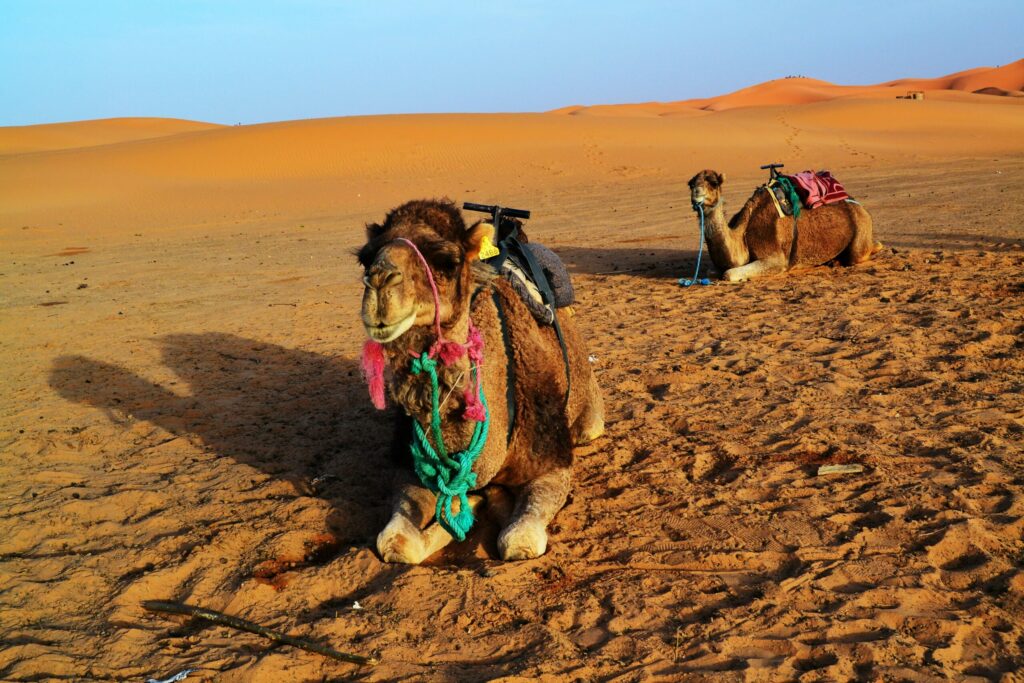
No trip to Morocco is complete without a camel trek. These iconic animals, technically dromedaries (one-humped camels), have been used for centuries as “ships of the desert.” Riding across the dunes of Merzouga or Zagora is both a cultural and wildlife experience.
3. Birdwatching in Souss-Massa
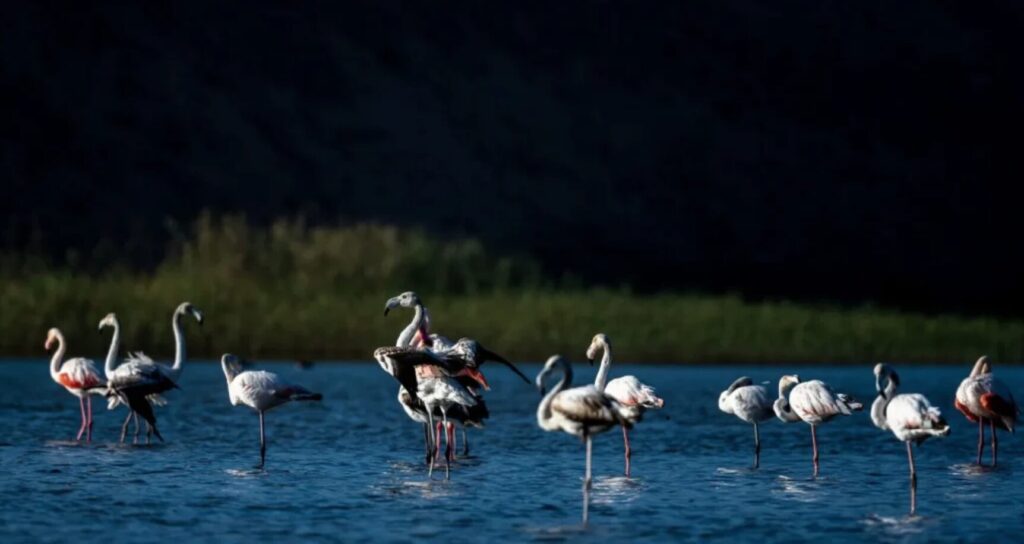
The Souss-Massa National Park near Agadir is a sanctuary for rare and migratory birds. The northern bald ibis, one of the world’s most endangered species, can be spotted here. Flamingos, eagles, and herons also make this park a paradise for birdwatchers.
4. Marine Life in the Atlantic
Coastal cities like Essaouira and Agadir offer the chance to see dolphins and migrating whales. Fishermen often share stories of encounters with these marine animals, which are integral to Morocco’s coastal identity.
5. The Mysterious Desert Wildlife
The Sahara may look empty at first glance, but at night, the desert comes alive with foxes, jerboas, and owls. Guided desert tours often include wildlife spotting after sunset, offering travelers a magical glimpse of life in the sands.
Travel Tips and Cultural Insights

- Respect Wildlife: Feeding wild monkeys or chasing desert foxes can be harmful. It’s best to enjoy observing them without interfering.
- Cultural Role of Animals: In Moroccan culture, animals often hold symbolic value. For example, camels represent endurance, while storks are considered lucky birds.
- Best Time to See Animals: Spring and autumn are ideal seasons for wildlife viewing, especially for bird migrations and forest hikes.
- Guided Tours: Hiring local guides ensures you don’t miss hidden wildlife and supports community-based tourism.
Real-World Traveler Stories
Travelers often recall Morocco’s animals as unexpected highlights of their trips.
“We thought Morocco would just be about cities and deserts, but seeing the Barbary macaques in Ifrane was unforgettable. They were so curious and playful—it felt like a hidden gem.” – Lucas, France
“Our camel trek in Merzouga was the highlight of our honeymoon. Riding through the dunes on these majestic animals as the sun set was pure magic.” – Maria & Daniel, Spain
“I came for birdwatching, and Souss-Massa National Park blew me away. Spotting the bald ibis, one of the rarest birds in the world, was a once-in-a-lifetime experience.” – Sarah, UK
Future Travel Recommendations and Seasonal Insights
- Spring Migration: Visit Morocco in March–May to witness migratory birds flying between Africa and Europe.
- Summer in the Mountains: The Atlas Mountains are cooler in summer and great for spotting monkeys, wild boars, and diverse birdlife.
- Autumn Desert Adventures: The desert in October–November offers milder temperatures and better conditions for camel treks and night wildlife spotting.
- Eco-Tourism Growth: Morocco is investing in eco-tourism, with new initiatives in places like Souss-Massa National Park to protect endangered species and promote sustainable travel (see more about Morocco).
FAQ – Morocco Animals
What animals are unique to Morocco?
The most unique animals include the Barbary macaque, the northern bald ibis, and desert species like the fennec fox.
Can you ride camels in Morocco?
Yes! Camel rides are popular in the Sahara Desert, especially in Merzouga and Zagora, and are a highlight of Moroccan travel experiences.
Is Morocco good for birdwatching?
Absolutely. Morocco is on a major migratory route, with hotspots like Souss-Massa National Park and the wetlands near Merja Zerga Lagoon.
Are there dangerous animals in Morocco?
Most Moroccan animals are harmless to humans. However, desert scorpions and snakes exist, so caution is advised in remote areas.
Can I see wild monkeys in Morocco?
Yes, wild Barbary macaques live in the cedar forests near Azrou and Ifrane, where they are commonly spotted.
Conclusion
Exploring Morocco animals is an adventure in itself. From the playful Barbary macaques in the Atlas Mountains and the enduring camels of the Sahara to the rare bald ibis in coastal parks, Morocco offers travelers a surprising and rewarding wildlife experience.
Whether you’re a nature enthusiast, an eco-traveler, or simply someone looking for unique cultural encounters, Morocco’s animals bring an added layer of richness to your journey.
-Ready to discover Morocco’s wild side? Plan your trip today and let the country’s wildlife inspire your adventure.




